Exploring energy assessments through the gadgets.
It came from outer space…
At least that’s what I thought the first time I laid eyes on the combustion analyzer and some of the other sci-fi looking tools common to the home performance trade.
The whole house approach (read about the whole house approach here) to home performance looks at how different parts of a home interact with one another to maximize the impact of energy remodels. To tease out how different parts of a home relate to one another, building analysts have to assess, or test, a home.
Here’s a closer look at the gizmos building analysts use during the process.
Manometer

The manometer is a multi-functional device that can detect minute changes in air pressure and when coupled with a blower door can help quantify how much air is entering and leaving a home. These insights allow building analysts to predict the impact of various energy improvements.
Blower door 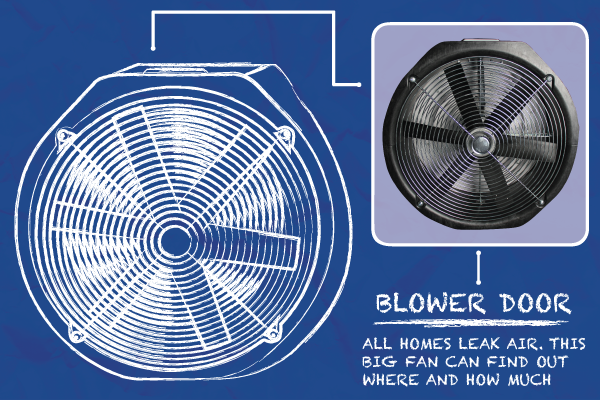
After closing all the “intentional” holes in the home (ie. shutting doors and closing windows), our team uses this giant exhaust fan to measure a home’s leakiness. The device simulates a 20 mph wind blowing against every surface of the house. Air that enters via leaks throughout the home replaces the air sucked out of the house by the fan. The harder the fan has to work to maintain the simulated 20 mph wind the leakier the home. And a leaky home means lots of “low-hanging fruit” for gains in efficiency and comfort.
The Duct Blaster
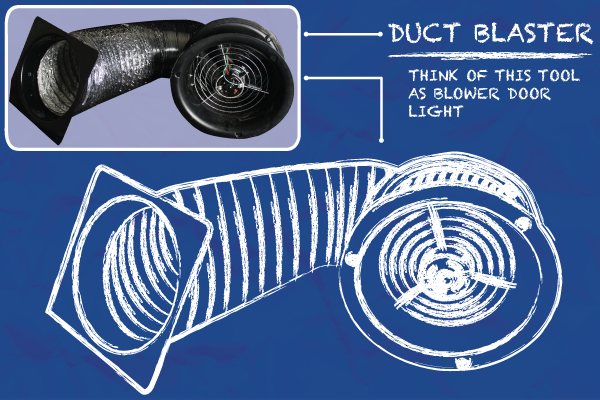
The duct blaster is essentially the blower door for the ductwork in your house. Building analysts use this tool to determine if heated (or cooled) air is making it where it’s supposed to go or if it’s being wasted in crawl spaces and attics. We hope that in the future all homes will be tight enough to be tested using only the duct blaster. Today, only buildings built to Passive House levels of airtightness can be assessed with the duct blaster.
Combustion Analyzer
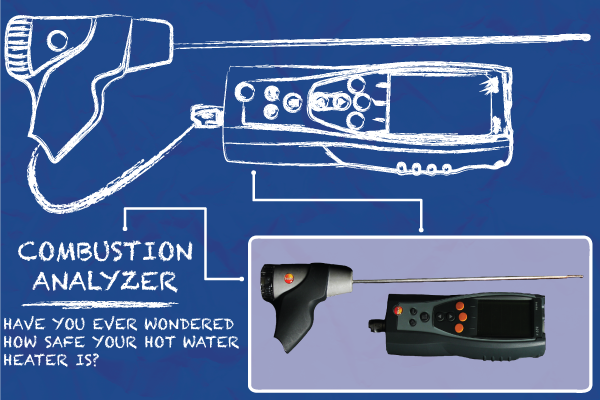
Building analysts use the combustion analyzer to check the safety and efficiency of combustion appliances like furnaces, hot water heaters, stoves, and ranges. Old gas and oil furnaces can leak carbon monoxide and combustion gases into a home, so the stakes are high.
Tightening up a home or increasing air sealing without knowing about how the combustion appliances perform and where their exhaust is going is as foolish as running your car with the garage door closed. The combustion analyzer helps us make homes safe and healthy.
Exhaust flow meter
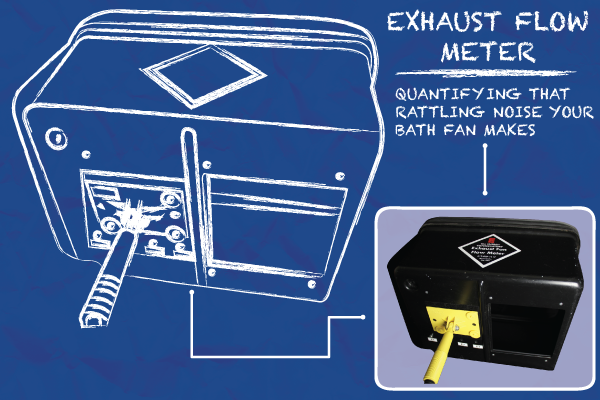
Indoor air quality, and therefore the health of a home and its occupants, depends on good ventilation. Unfortunately most bath fans severely under perform. By using the exhaust flow meter, building analysts can figure out which ventilation devices are doing their job and which ones need replacing.
Gas Sniffer
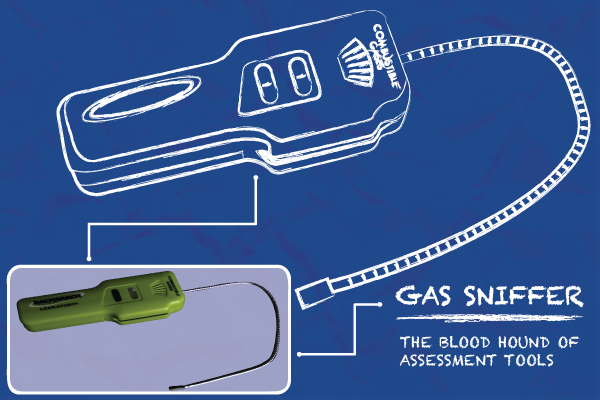
This tool alerts users to potential gas leaks. Building analysts check the gas line at accessible joints
starting at the meter and working towards appliances.
Laser measure
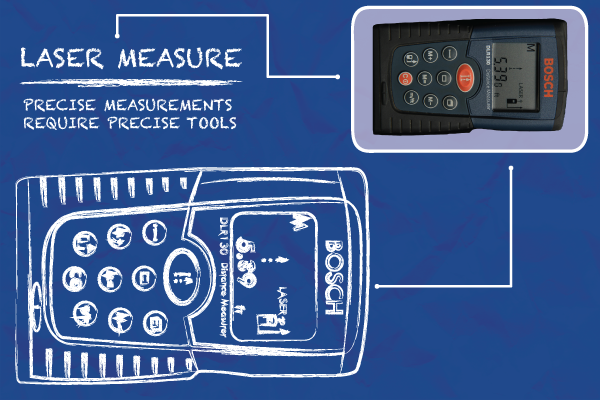
The laser measure allows building analysts to get accurate measurements in tight situations like attics or crawl spaces where traditional tape measures aren’t practical. By calculating the volume of a home, building analysts can use data gathered with the manometer and blower door to compare how homes stack up against each other despite differences in size.
IR Camera
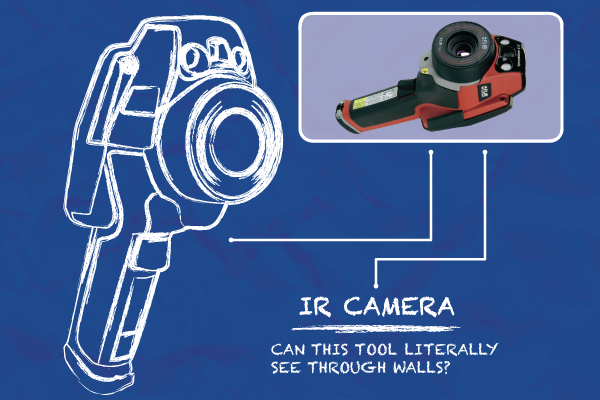
Under the right conditions, the infrared camera lets building analysts measure a wall’s surface temperature. These readings help identify a wall’s “weak spots” or places in the wall that are poorly insulated or uninsulated. The infrared camera also helps confirm the quality of installed energy upgrades.
A tool is only as good as the craftsperson (or being) using it
By themselves, proper tools don’t guarantee a successful assessment. But in the hands of experienced building analysts these tools provide the raw data that is the backbone of any successful energy remodel. So remember if you encounter a large robot clutching what looks like a ray gun, just point it in the general direction of your hot water heater.
Visit our energy retrofits page for more about our approach.
– Cody